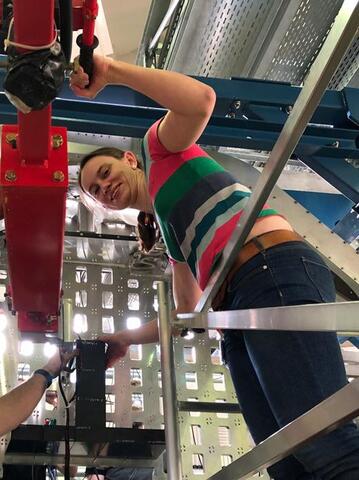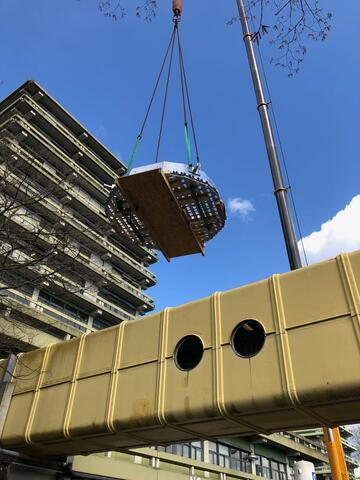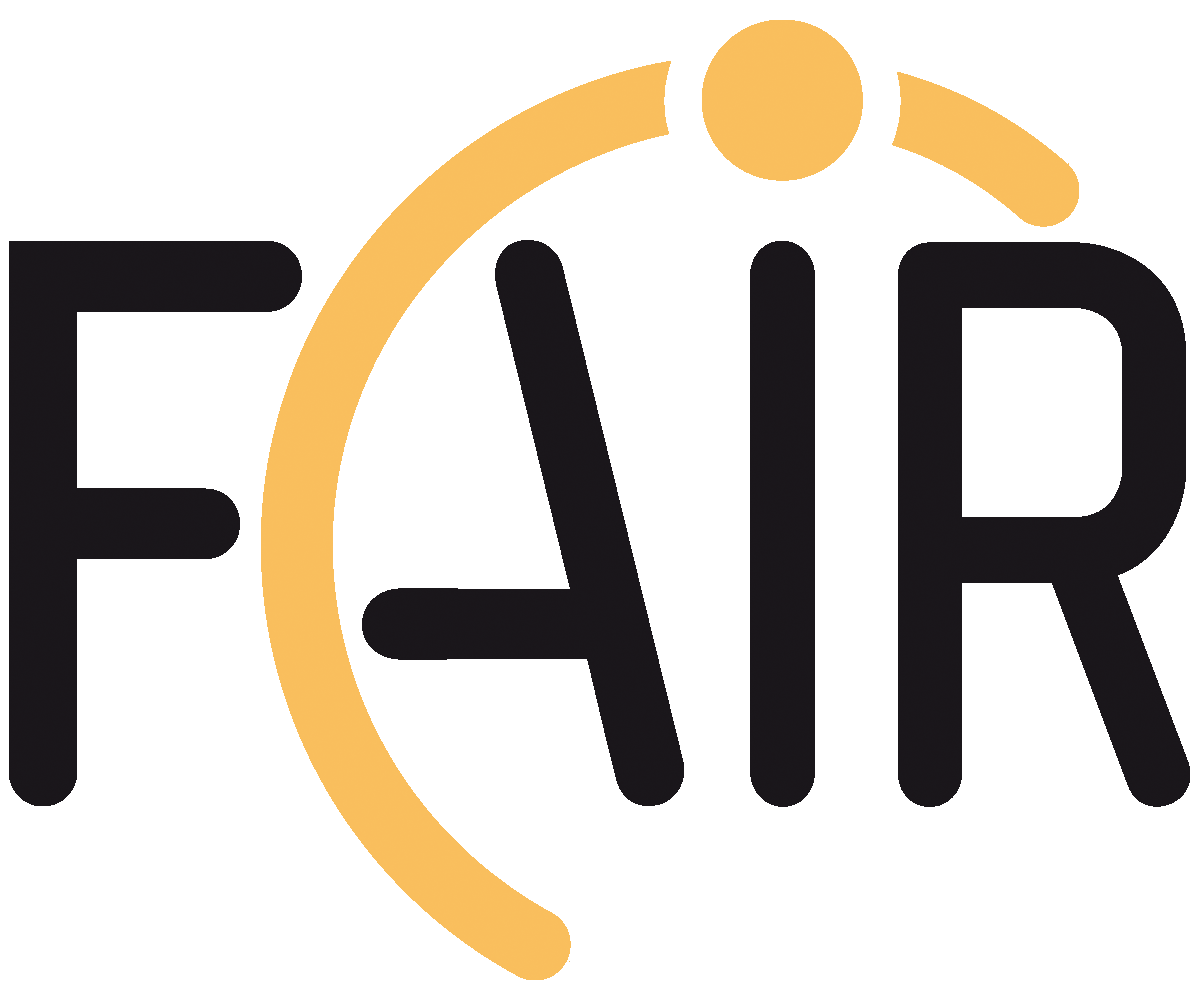Workshop „Physics Opportunities with Proton Beams at SIS100” was held in Wuppertal
PANDA meetings
04/03-08/03 2024 CM 24/1 in Münster
24/06-28/06 2024 CM 24/2 at GSI
25/06-26/06 2024 FEE/DAQ Workshop
04/11-06/11 2024 CM 24/3 at GSI
05/03-07/03 2025 WS at GSI
16/06-20/06 2025 CM 25 in Uppsala
The PANDA barrel-TOF detector at FAIR
Sebastian Zimmermann for the Barrel-TOF group
TA-CON-2017-016.pdf
(7.59 MB)
Ken Suzuki
The triggerless detector system PANDA which is being built at the FAIR facility. The versatile detector system will enable us to study open questions in hadron physics, by doing charmonium spectroscopy with precision measurements of mass, width and decay branches, investigating possible exotic states, search for modifications of charmed hadrons in nuclear matter and gamma-ray spectroscopy of hypernuclei by using antiprotons on a cluster jet or a pellet target in the momentum range of 1.5 to 15 GeV/c.
The barrel-TOF subdetector is one of the outer layers of the multi-layer design of the PANDA barrel. It is designed with a minimal material budget in mind mainly consisting of 90x30x5 mm^3 thin plastic scintillator tiles read out on each end by a serial connection of 4 SiPMs. 120 such tiles are placed on 16 2460 x 180 mm^2 PCB boards forming a barrel covering an azimuthal angle from 22.5° to 150°. The detector is designed to achieve a time resolution below 100 ps (sigma) which allows for good event separation as well as particle identification below the Cherenkov threshold via the time-of-flight, simultaniously providing the interaction times of events. The current prototype achieved ~60 ps, well below the design goal.
The R&D is in a matured stage and a technical design report is currently being reviewed by the collaboration. In this contribution the whole project from the design concept to the latest result of test beamtime as well as the future outlook will be presented.
The barrel-TOF subdetector is one of the outer layers of the multi-layer design of the PANDA barrel. It is designed with a minimal material budget in mind mainly consisting of 90x30x5 mm^3 thin plastic scintillator tiles read out on each end by a serial connection of 4 SiPMs. 120 such tiles are placed on 16 2460 x 180 mm^2 PCB boards forming a barrel covering an azimuthal angle from 22.5° to 150°. The detector is designed to achieve a time resolution below 100 ps (sigma) which allows for good event separation as well as particle identification below the Cherenkov threshold via the time-of-flight, simultaniously providing the interaction times of events. The current prototype achieved ~60 ps, well below the design goal.
The R&D is in a matured stage and a technical design report is currently being reviewed by the collaboration. In this contribution the whole project from the design concept to the latest result of test beamtime as well as the future outlook will be presented.





